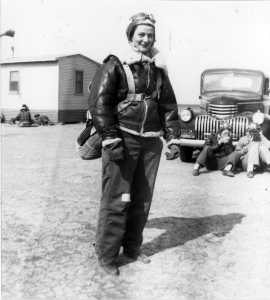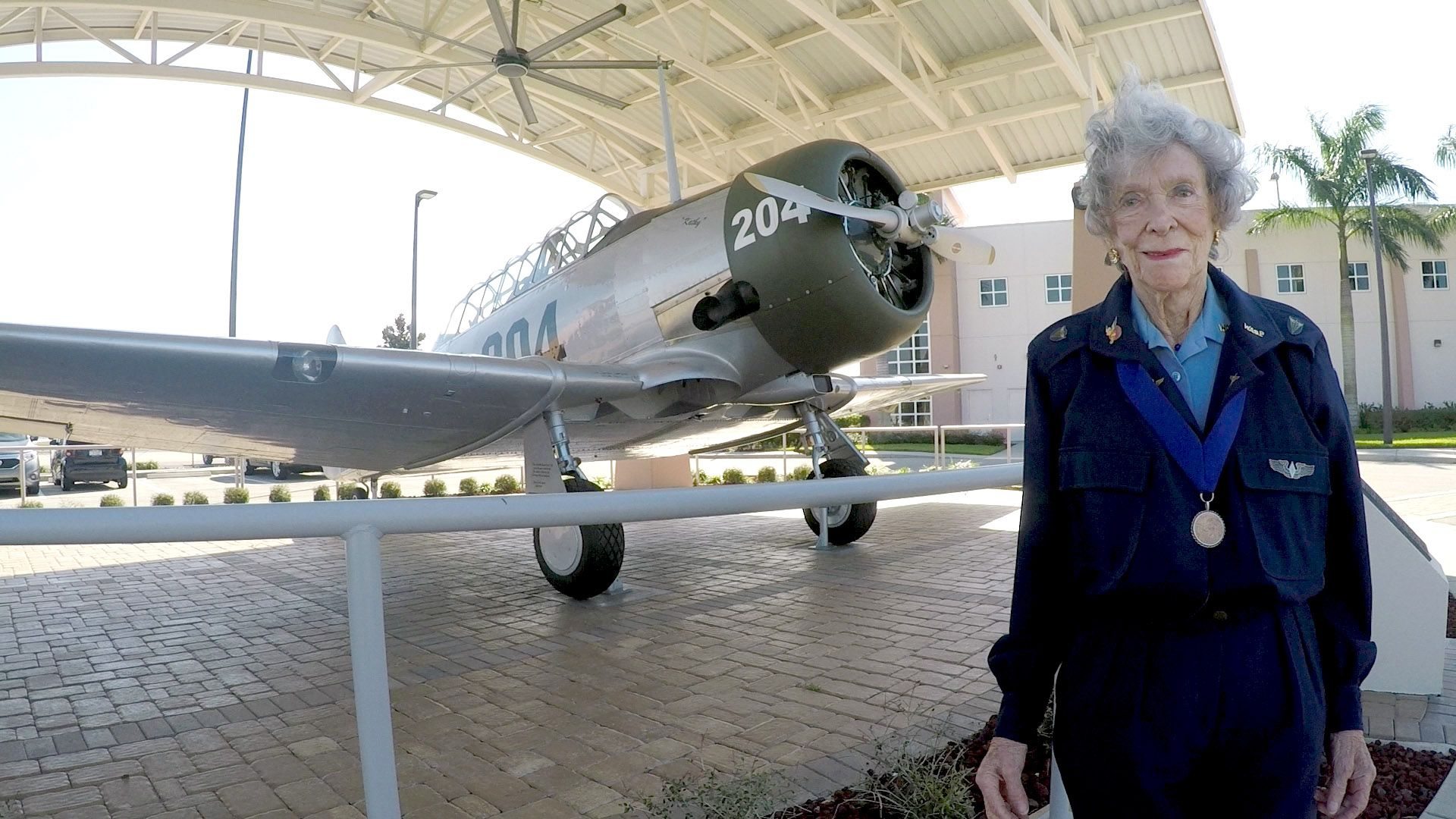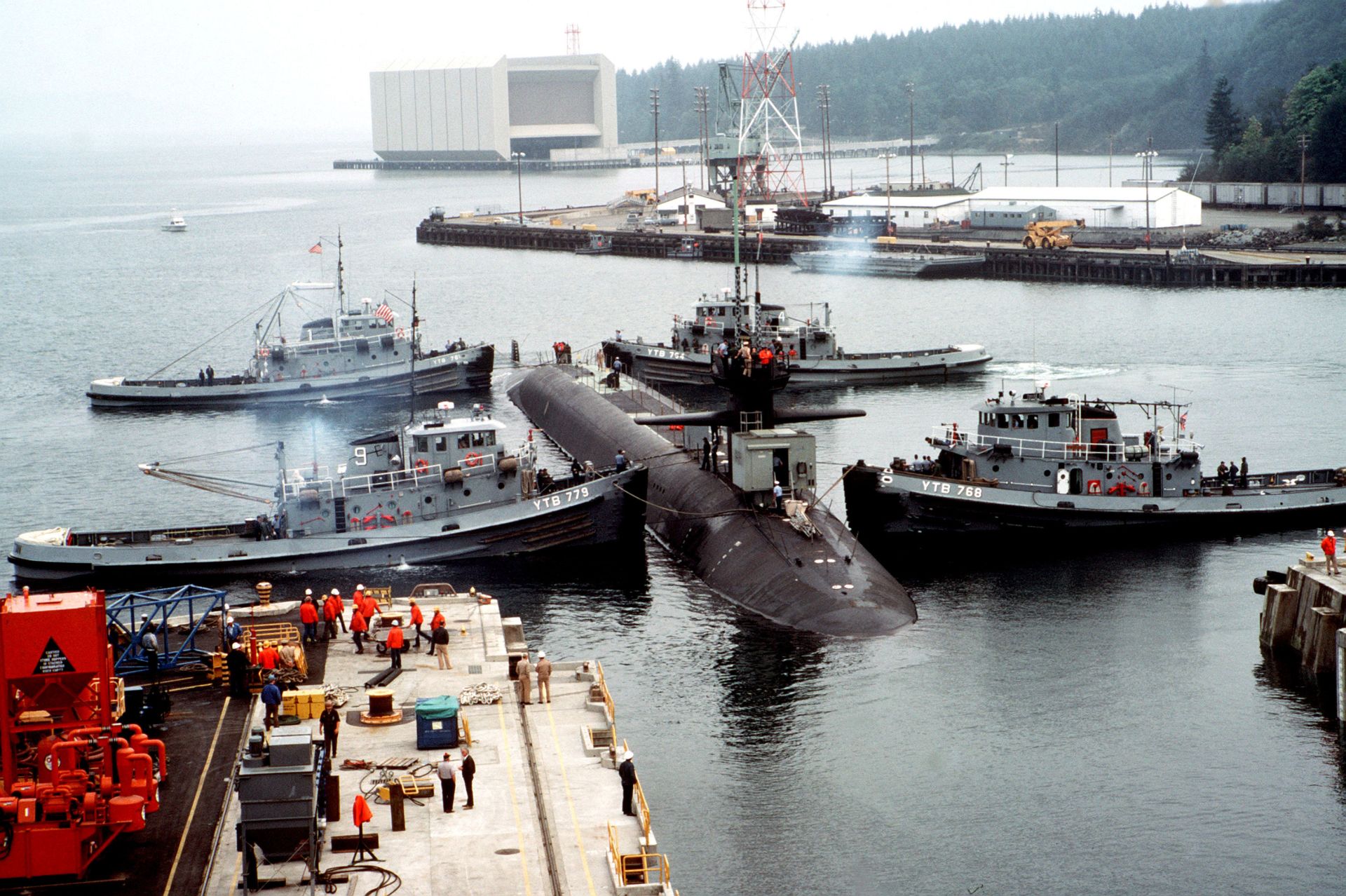Before there could be women flying combat missions in Iraq and Afghanistan, there were the pioneers of the Army Air Forces of World War II.
On July 5, 1943, the Women’s Auxiliary Ferrying Squadron, or WAFS, and the Women’s Flying Training Detachment merged into a single unit for all female pilots. The new group called itself the Women’s Airforce Service Pilots, or WASP, with its pilots known as WASPs.
TRAINING
The women paid their own way to travel to basic training at Avenger Field in Sweetwater, Texas. More than 25,000 women applied, even some from Canada, England and Brazil, said Bernice “Bee” Falk Haydu, a WASP pilot from Montclair, New Jersey. Only 1,830 U.S. women were accepted into the program. Of those, 1,074 earned their wings.
To qualify, applicants had to be at least 5 feet, 4 inches tall, pass Army physicals and have a pilot’s license, Haydu said. Women also had to have at least a high school diploma and be age 18 to 35.
“Most of the women were college graduates, but the toughest part of the training was you started out in a basic aircraft and then you’d go to a medium and then an advanced,” Haydu said.
When she joined the WASP program in 1944, Haydu said training was being accelerated.
“They wanted to experiment with the women to see if they could eliminate one of the phases of training, so we went from the Stearman, which is an open cockpit biplane, in primary [training], and after about 60 to 70 hours of that, we went directly into the advanced, which was the AT-6 [Texan] — that’s 650 horsepower comparted to 220 horsepower,” she said.
During training, the women had to pay for their dress uniforms and their room and board, but were issued men’s coveralls that they nicknamed “zoot suits,” Haydu said. There were six women per bay in the barracks, with one latrine, one sink, one shower and one toilet. If the winds kicked up, the women would lie on the bottom wings of the airplanes to help keep them down, she said, “because they needed more weight to keep the airplanes on the ground.”
MISSIONS
After graduating, the women would go to either Ferrying Command or Training Command. Lucile Doll Wise was a pilot at Ferrying Command, and she said she ferried aircraft from factories to air bases and points of embarkation.

“I loved every minute of it,” she added, “but it was not easy. It was hard work, and I came back from trips pretty tired.”
Haydu served as an engineering test pilot and a utility pilot in the Training Command, where the women’s missions ranged from towing aerial targets for the infantry, flying tracking missions, smoke-laying, searchlight strafing and simulated bombing, and testing radio-controlled aircraft. The women were also flight instructors, engineering test pilots and utility pilots and performed all stateside flying duties.
“If an engine needed to be flown a certain manner for a certain number hours before it went into regular service, I would do that,” she said. “I also would fly personnel to wherever they had to go.”
Haydu said she was disappointed when the WASPs were disbanded, Dec. 20, 1944, just 11 days before she was to begin training to fly the B-25 Mitchell bomber. The last class graduated, Dec. 7, 1944.
Gen. Henry “Hap” Arnold of the Army Air Corps told the last crop of pilots, “We of the [Army Air Forces] are proud of you; we will never forget our debt to you.”
The WASPs had ferried more than 50 percent of the combat aircraft within the U.S. during the war and flew at 126 bases across the country. Thirty-eight of these women died in their service: 11 in training and 27 during missions.
FIGHT FOR RECOGNITION
The women had been paid as civil service employees, with the promise that they might be able to join the Army Air Service eventually.
Arnold told the WASPs, “We have not been able to build an airplane that you can’t handle. It is on the record that women can fly as well as men.” He planned to commission the women pilots as second lieutenants within the Army Air Force, but political opposition meant the plan never came to fruition. As a result, for 35 years, the women weren’t allowed to call themselves veterans and their records were classified and sealed from the public. They lobbied Congress and pushed to be recognized as veterans.
The legislation eventually “became the only bill in history to be co-sponsored by every woman member in Congress,” Haydu said.
On Nov. 23, 1977, President Jimmy Carter signed Public Law 95-202, Title IV, which granted former WASPs veteran status with limited benefits.











